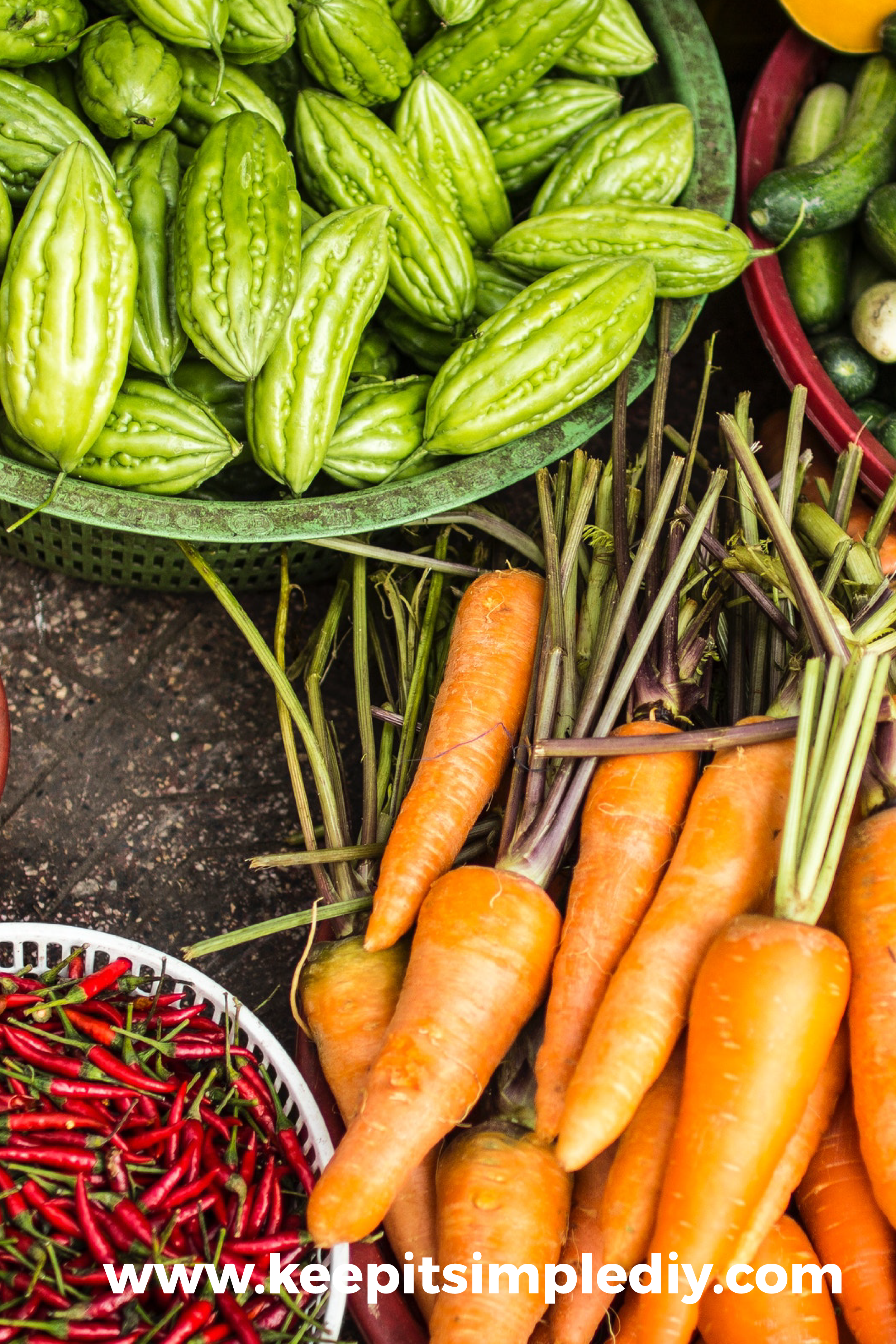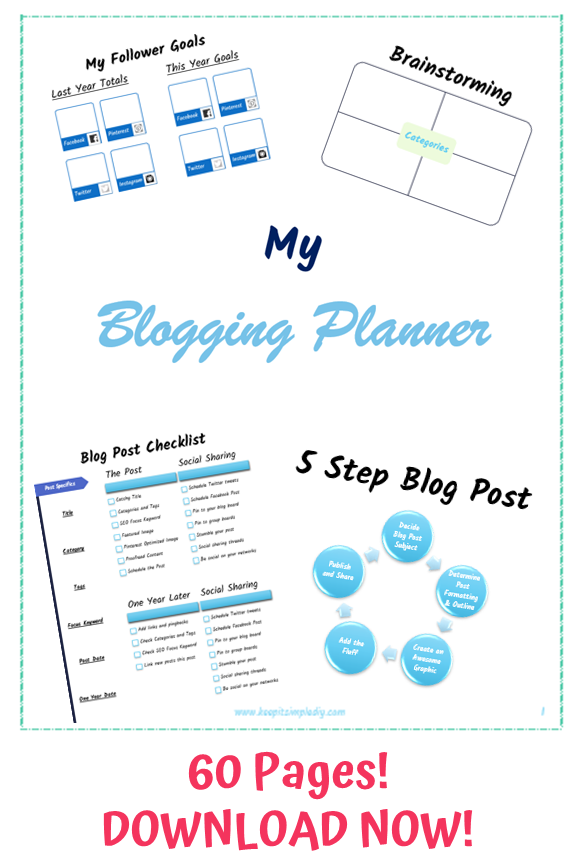Gardening really is a hobby for everyone. It doesn’t require much skill to start, it is relatively cheap, and most importantly it provides a great sense of achievement and enjoyment, particularly if you’re growing an edible garden.
It can also have a positive impact on your finances. If you focus on crops that are easy to grow and have a fast germination to harvest life cycle, you can start using your own ingredients in your meals, saving you money in herbs, fruits, and vegetables.
And the best part?
Some of these crops will look amazing in your backyard, balcony, or windowsill!
If you live in an urban area, you might be thinking that this article isn’t for you, but that really isn’t the case. Limited space isn’t an excuse anymore, as with vertical garden kits, containers, and other devices, you can now start gardening in balconies, windowsills, and even indoors.
So, without further ado, here is our guide to growing a beautiful and productive garden.
What Plants Should I Grow?
The first step in this process is to select the plants to grow. Here, the main consideration will be the growing space available.
Before starting your garden, you should be able to answer the following questions:
- What is the lowest temperature that my garden reaches?
If at any point of the year, there are frosts in your garden, you should probably focus on annual crops, which die every winter. We will go into further detail in this regard in the next section.
- How many hours of light per day does my garden get?
If your garden is facing south, you will probably be able to grow a wider variety of plants, as you will get more hours of sun.
- How much space do I have?
Different plants have different space requirements. Carrots, for example, won’t need much space, but tomatoes and melons, on the hand will need plenty of upwards space.
Starting from Seed or Seedling
After deciding on which plants to grow in your garden, the most important budgetary decision is whether to grow from seed or to buy a seedling or grown plant.
Buying seeds is almost always cheaper, though germinating them can become expensive. This will be the case for plants that require atmospheric conditions that differ from the natural conditions present in your area. If your plants require warmer weather, you’ll need to buy a heated propagation tray. If they require more light, you’ll need to buy an indoor growing light. This will, in turn, increase your electricity bill. For that reason, for maximum savings, we recommend buying seeds that you can germinate outdoors naturally, here are a few examples for different conditions:
- Low temperatures (40 to 60 Fahrenheit):
- Rocket (Arugula)
- Kohlrabi
- Spinach
- Peas
- Medium temperatures (60 to 75 Farenheit):
- Sage
- Lettuce
- High temperatures (75 Fahrenheit and above):
- Verbena
- Asparagus
- Chard
- Peppers
- Cucumber
Growth and Harvest
When it comes to caring for your plants, there is no need to complicate. Give them enough water, light, and nutrients and they will be happy. The first two factors are easy to control especially if you use containers, simply experiment with watering and the location of the plant until you find the conditions in which the plant thrives.
In relation to nutrients, there is also no need for any fancy measurements and systems. Most plants will manifest their need for fertilizers by yellowing the leaves. If/when they do, simply go to your local plant store and purchase some (preferably organic) fertilizer. Feed them once a week until they recover.
Finally, usually in autumn, your plants will be ready to harvest. This is the time to enjoy the fruits of your labor and get ready for the next season!
Final Thoughts
We hope we’ve convinced you to start your own fruit, herb, and vegetable garden.
Growing a garden requires low but consistent effort and at the end, you’ll be reward with some tasty ingredients and gorgeous garden.






